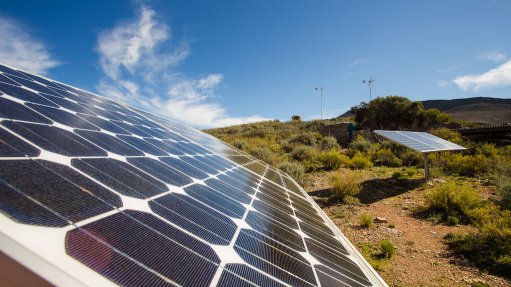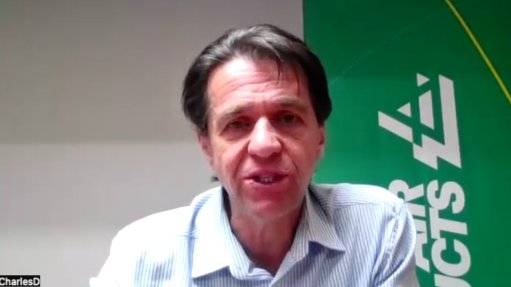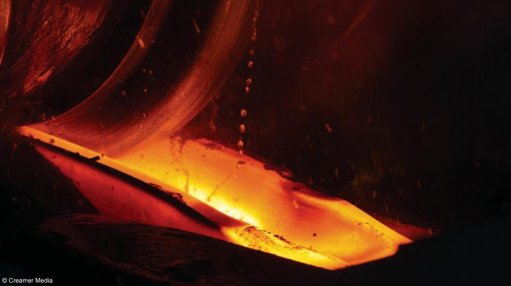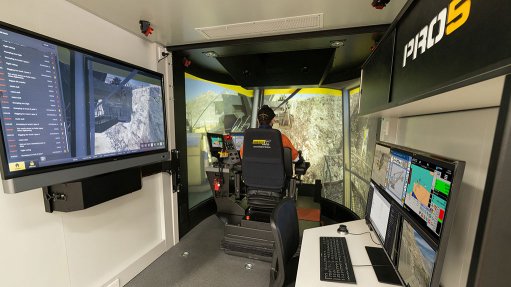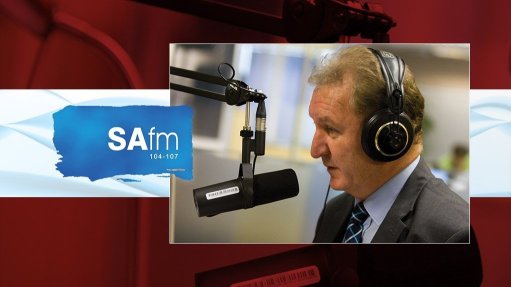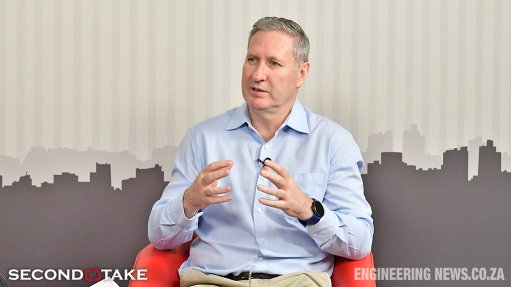Vesconite hydro turbine parts replace bronze

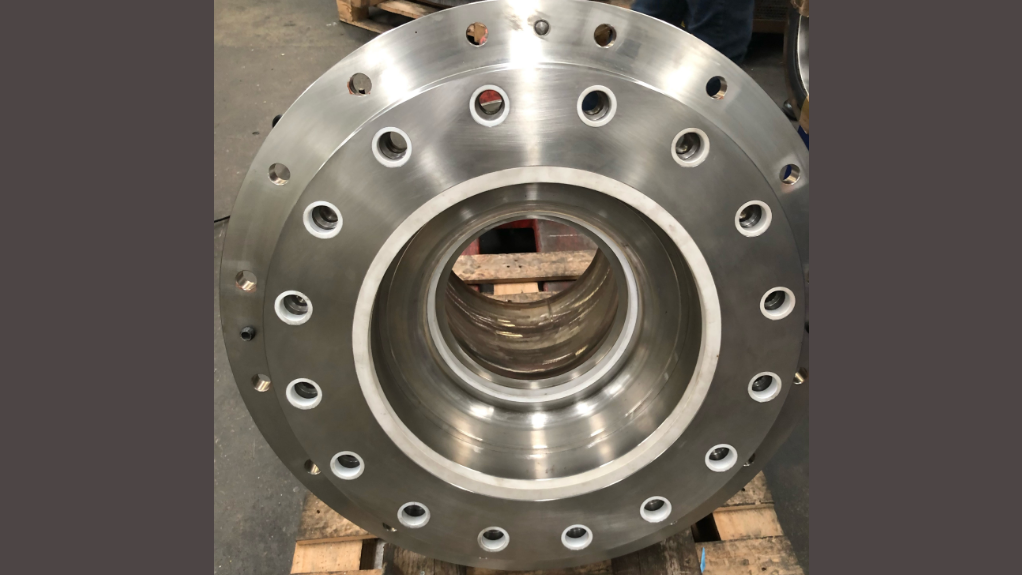
The wear ring and wicket gate bushings that were replaced for the Crai Project turbine
This article has been supplied.
Hydro turbine bearing components machined from Vesconite Hilube have been installed at the Crai Water Turbine and Pollok Sawmill Projects in Wales and Scotland.
The UK consultant on hydro-electric turbine design and maintenance on the project had first come to hear about Vesconite bearing materials in 2021, when the restoration projects were still in the conception stage.
The company sent an enquiry for wicket gate bushings and wear rings for the two projects.
The scope of the bushing supply increased and Vesconite Bearings was eventually the supplier of all the plain bearing components in the projects, including the guide vane bushings, runner inlet wear rings, several thrust bearings and the Francis turbine main shaft bearings.
All the parts were delivered in January 2022, installed in the turbines, and despatched to the client in December 2022 after successful factory acceptance tests and some preliminary testing of the bushings under a controlled environment.
Vesconite renewables applications developer Petrus Fourie notes that the previous bearings were made of bronze, but the restoration project necessitated a rethinking of some of the older technology that was in use when the hydro projects were first built.
“People like replacing bronze because they want to eliminate grease from systems in which water is present,” says Fourie.
“Water flushes out the grease ⎻ which pollutes the water. When the grease is flushed out, metal shafts are left unprotected and corrode,” he adds.
Vesconite Hilube bearings are often used in niche hydro-electric applications since they can be machined easily for older equipment with unique designs.
Besides use in huge hydro-power stations, Vesconite Hilube bearing material is also used in smaller projects such as the Crai Project, operated by Welsh Water, and the Pollok Project, operated by the Glasgow Council.
In England, Scotland and Wales, there are many modest hydro projects that could generate 100 to 150 kW of electricity, as many areas are mountainous with significant rainfall.
Comments
Press Office
Announcements
What's On
Subscribe to improve your user experience...
Option 1 (equivalent of R125 a month):
Receive a weekly copy of Creamer Media's Engineering News & Mining Weekly magazine
(print copy for those in South Africa and e-magazine for those outside of South Africa)
Receive daily email newsletters
Access to full search results
Access archive of magazine back copies
Access to Projects in Progress
Access to ONE Research Report of your choice in PDF format
Option 2 (equivalent of R375 a month):
All benefits from Option 1
PLUS
Access to Creamer Media's Research Channel Africa for ALL Research Reports, in PDF format, on various industrial and mining sectors
including Electricity; Water; Energy Transition; Hydrogen; Roads, Rail and Ports; Coal; Gold; Platinum; Battery Metals; etc.
Already a subscriber?
Forgotten your password?
Receive weekly copy of Creamer Media's Engineering News & Mining Weekly magazine (print copy for those in South Africa and e-magazine for those outside of South Africa)
➕
Recieve daily email newsletters
➕
Access to full search results
➕
Access archive of magazine back copies
➕
Access to Projects in Progress
➕
Access to ONE Research Report of your choice in PDF format
RESEARCH CHANNEL AFRICA
R4500 (equivalent of R375 a month)
SUBSCRIBEAll benefits from Option 1
➕
Access to Creamer Media's Research Channel Africa for ALL Research Reports on various industrial and mining sectors, in PDF format, including on:
Electricity
➕
Water
➕
Energy Transition
➕
Hydrogen
➕
Roads, Rail and Ports
➕
Coal
➕
Gold
➕
Platinum
➕
Battery Metals
➕
etc.
Receive all benefits from Option 1 or Option 2 delivered to numerous people at your company
➕
Multiple User names and Passwords for simultaneous log-ins
➕
Intranet integration access to all in your organisation







